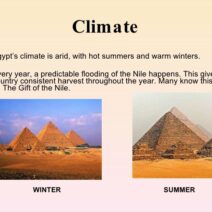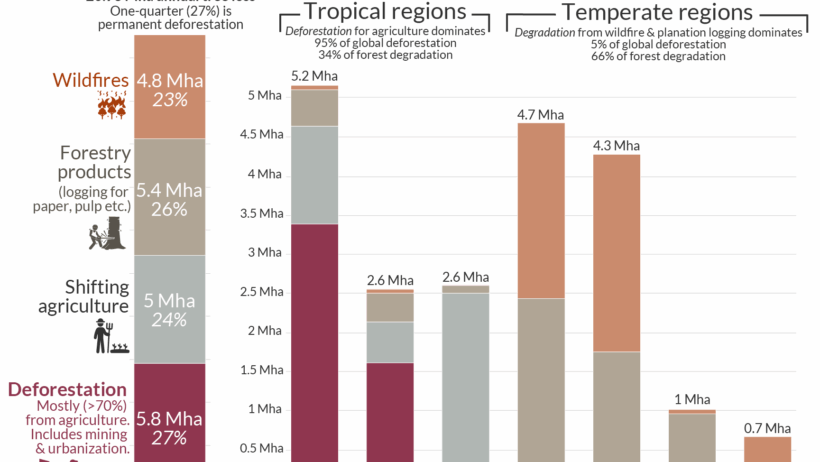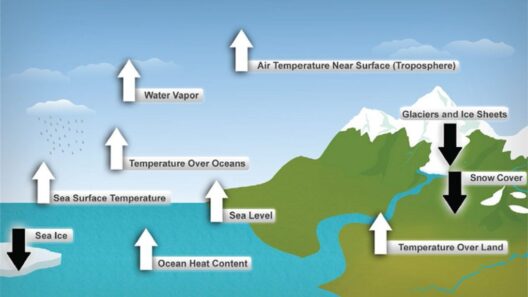When forests burn, the consequences extend far beyond the flicker of flames and charred trunks. It is a clarion call that echoes through ecosystems, economies, and climate systems. Deforestation, driven by various anthropogenic activities, represents a colossal threat to our planet, particularly in the context of global warming. This phenomenon disturbs not only the delicate balance of nature but also accelerates the accumulation of greenhouse gases in the atmosphere, making the fight against climate change more arduous.
The intricate tapestry of forests provides an irreplaceable service: they act as major carbon sinks, absorbing carbon dioxide (CO2) from the atmosphere. Each tree, with its expansive canopy and extensive root system, plays a pivotal role. When these forests are destroyed—be it through logging, agricultural expansion, or wildfires—the stored carbon is released back into the atmosphere, contributing to an alarming greenhouse effect. The paradox is evident: by seeking to exploit these natural resources, humanity ultimately undermines its own climate stability.
Moreover, forests are not just mere collections of trees; they harbor an immense biodiversity that supports myriad species of flora and fauna. When these habitats are obliterated, the intricate webs of life they sustain are irreparably damaged. Biodiversity loss not only diminishes ecosystem resilience but hampers natural processes essential for carbon sequestration and oxygen production. The decline in species can lead to cascading effects that further exacerbate climate change, creating a vicious cycle where the very fabric of life on Earth is threatened.
The ramifications of deforestation extend into socio-economic realms, particularly for indigenous communities that rely on forest ecosystems for their livelihoods. These communities possess an intimate understanding of forest dynamics and contribute to biodiversity conservation. When forests are sacrificed for economic gain, the cultural and traditional knowledge embedded within these societies is lost, further impoverishing humanity’s collective wisdom about sustainable living.
This interplay between deforestation and global warming highlights an imperative need for a paradigm shift. A reevaluation of our relationship with forests is paramount. Instead of viewing them solely as commodities to exploit, they should be regarded as fundamental allies in the battle against climate change. A sustainable approach to forest management—one that prioritizes conservation over exploitation—can yield significant benefits. It is not merely about reducing carbon emissions; it is about fostering long-term ecological health.
Implementing sustainable practices can encompass a range of strategies, from reforestation to agroforestry, where agricultural development coexists harmoniously with forest conservation. For instance, reforestation initiatives can play a significant role in restoring balance. By planting native species and creating buffer zones, we can facilitate the recovery of ecosystems and enhance their capacity to sequester carbon.
Community-driven forest management initiatives have shown promise, where local stakeholders are empowered to protect and regenerate their ecosystems. Such strategies foster stewardship, leading to more effective conservation efforts. The integration of traditional ecological knowledge with contemporary scientific approaches can produce innovative solutions that ensure both ecological integrity and economic viability.
Furthermore, the global community must confront the systemic economic drivers of deforestation. The ever-increasing demand for agricultural commodities, particularly in affluent nations, underscores the urgent need for more sustainable consumption patterns. By making conscientious choices about what to buy and advocating for policies that promote sustainable sourcing, consumers can exert significant pressure on industries to adopt environmentally responsible practices. This leads to a ripple effect that can influence entire supply chains, ultimately diminishing the insatiable appetite for land conversion.
Technology also offers innovative avenues to combat deforestation and mitigate its effects on global warming. Satellite monitoring and remote sensing technologies have enhanced our ability to track deforestation rates and identify areas at risk. Such data empowers governments and organizations to take decisive action to protect vulnerable ecosystems. Additionally, carbon credit systems can incentivize reforestation and conservation, providing financial rewards for preserving forests that would otherwise be lost.
Despite these strategies, the global narrative around deforestation remains complex. Political, economic, and social dimensions often intertwine, posing formidable challenges to implementing effective solutions. However, a concerted global effort, characterized by cross-sectoral collaboration, can illuminate a path toward sustainability. From policymakers to the general populace, everyone plays a critical role in reshaping our future.
In conclusion, recognizing that when forests burn, we all lose is imperative for fostering a greater awareness of environmental interconnections. The notion that deforestation is a localized issue must evolve into a global understanding that its repercussions reverberate across continents. By embracing sustainable practices, empowering indigenous knowledge, and leveraging technological advancements, humanity can strive toward reversing the tide of global warming. Only by committing to a future where forests are revered as vital allies can we hope to create a resilient planet for generations to come.








